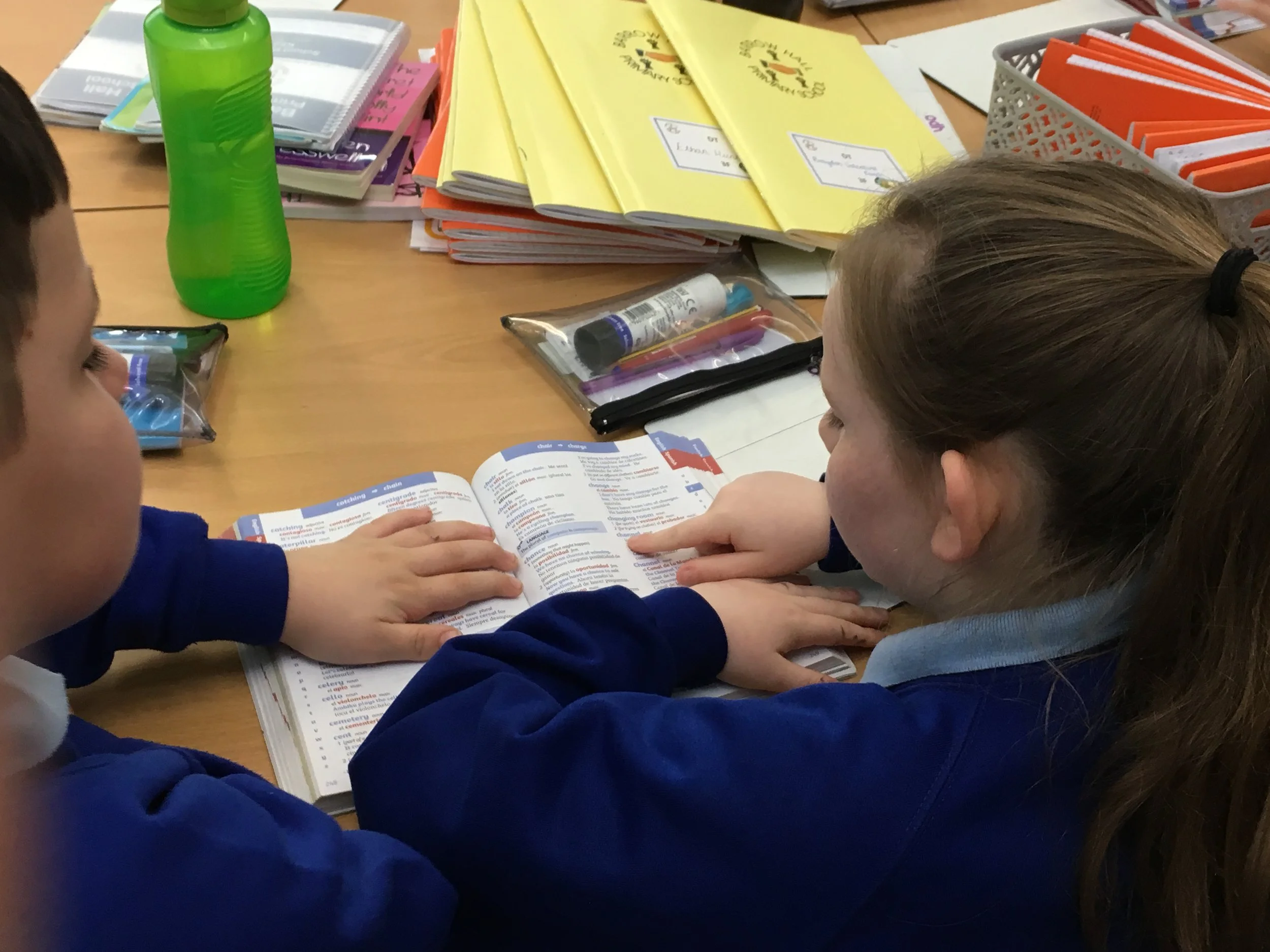Just as the slogan on the bag below states, we understand that language learning offers children the chance to explore the World and this goes beyond just academic value.However to enable some of the world of education to harness the power of primary languages, we are aware that evidence of progress is required,so this year my colleagues and I are going to intermittently generate progress blog posts. We will also be sharing this evidence on our Twitter feed too (@JanetLloydnet).
The evidence shared by Primary Languages Network teachers in a variety of settings ranging from small urban state primary schools to large academy trusts and one public school are examples of the four core skills and language learning skills captured in the classroom on the day the learning took place from KS1 to UKS2.Not the best but a fair range of examples of work. Evidence of progress can not be purely based upon the children’s ability to write sentences. Language learning is surely far more than just this. So let’s start with evidence that reaches out beyond language learning and adds value to every child’s progress. Let’s start with European Day of Languages 2018, Mindfulness in a foreign language,Yoga and Spanish/French super days and cultural exchanges.
And now the first of a series of Twitter posts that we have shared as individual items and hope will help those who read this to gain an insight in to and maybe better understanding of what progress over time in primary languages really looks like. Remember this is our first evidence gathering of the academic year and is just a reflection of the first three to four weeks of our learning year 2018….


















